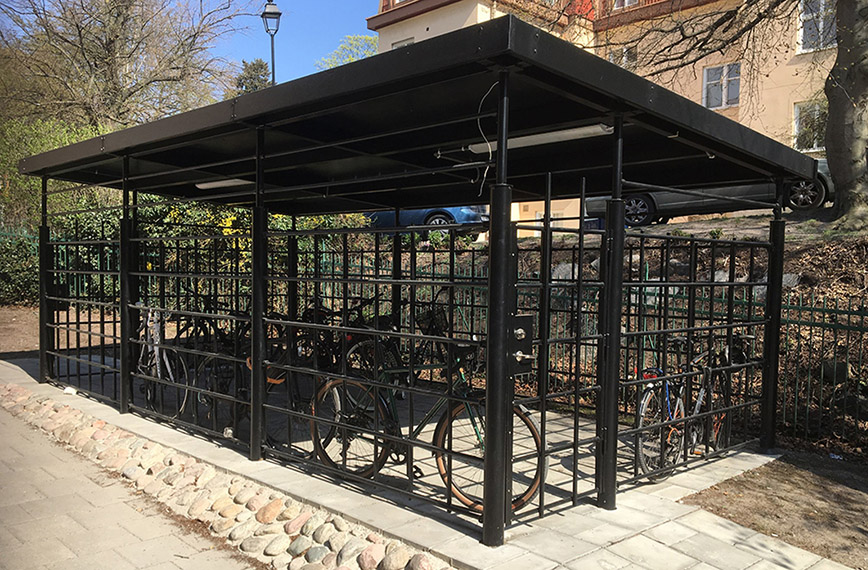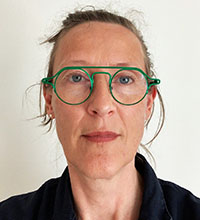Green projects on the KTH Campus

A green lease, solar panels, and safe cycle shelters are examples of projects where KTH and Akademiska Hus work together for a greener campus. It is also in line with KTH’s aim of a more sustainable campus area.

KTH and Akademiska Hus will work closely together in the development of the physical environment on campus. That is the thinking behind the KTH and property owner forum for collaboration.
“One key part of this partnership is that Akademiska Hus can offer KTH students degree projects where most of these projects have a sustainability orientation,” says Maria Granath, Real Estate Manager at KTH.
Green leases
KTH and Akademiska Hus have recently signed a supplementary lease to the existing lease on Brinellvägen 23, a so-called green lease. It is an incentive agreement where the property owner undertakes to provide an indoor climate of a certain quality.
This green lease has come about via a pilot project within data-driven operational optimisation where researchers at KTH are collaborating with Akademiska Hus. The work is headed by David Hälleberg, an industrial Ph.D. candidate at KTH.
Within the parameters of the pilot project, sensors and other technical equipment are being installed in the building to measure energy consumption and document and evaluate measures taken.
“The landlord and tenant both accept responsibility to use energy intelligently, to save energy and in so doing reduce the environmental impact. Akademiska Hus will perform an annual audit, and in the long run, KTH will benefit financially as the tenant,” says Granath.
The aim is to link these kinds of supplementary leases to all leases on KTH Campus.
More energy from solar power
Another project aims to install solar panels on a total of seven roofs on KTH Campus to achieve more sustainable energy provision.
Akademiska Hus has selected suitable roofs in the campus area. The combined area with solar panels will be around one thousand square metres, and Akademiska Hus is responsible for the project, which is now at the planning permission stage.
More secure cycle shelters

Bikes are a sustainable form of transport, and the KTH Campus plan 2018-2023 includes lockable cycle shelters. Akademiska Hus is now building three cycle shelters in the campus area to enable safer storage for bikes. There will be space for a total of 60 bikes, and the shelters expect to be ready in June. During this trial, only employees at KTH will be able to subscribe to a place.
“We need to evaluate the test project and then make a decision as to who will be able to sign up for a cycle space in the future if we decide the project is worth expanding further,” says Sara Eriksson, Group Manager in the Facilities Management Department.
Words: Marianne Norén

